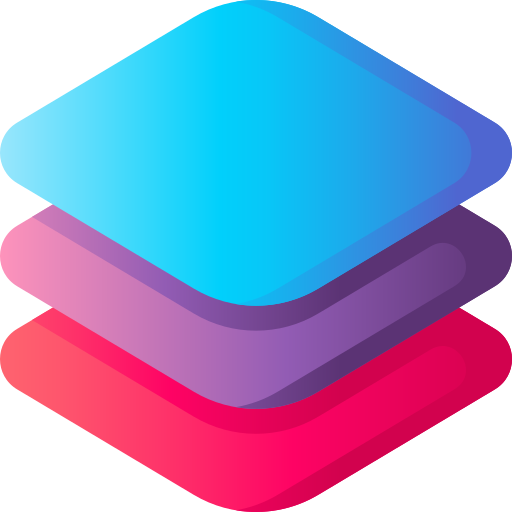
Instagram Scraper
Overview
The Instagram Scraper is a sophisticated tool designed to extract and organize content from one of the world's most popular visual social media platforms. This powerful scraper offers an efficient method to collect posts, comments, user data, and engagement metrics, providing valuable insights for various industries and applications.
What Does the Instagram Scraper Do?
- Extracts posts and comments from specified Instagram URLs
- Gathers comprehensive metadata about users and content
- Organizes data in a structured, easy-to-use format
- Provides up-to-date information on engagement metrics
- Offers access to multimedia content such as photos and videos
Data Provided by the Instagram Scraper
| Data Point | Description | Example |
|---|---|---|
| Post ID | Unique identifier for the post | 3442439173304778536 |
| User Information | Details about the post author | Username, follower count, verification status |
| Content | Text of the post or comment | [Full text content] |
| Date Posted | When the content was published | 2024-08-25T12:59:56.000Z |
| Engagement Metrics | Likes, comments, video views | 156 likes, 12 comments |
| Multimedia | Links to photos and videos | [URLs to media files] |
| Comments | User comments and replies | [Detailed comment data] |
| Tagged Users | Users mentioned in the post | [List of tagged usernames] |
Advantages of Using the Instagram Scraper
- Comprehensive Coverage: Access to a vast array of public Instagram content
- Time-Efficient: Automates the process of gathering social media data
- Detailed Metadata: Provides rich information about posts, users, and engagement
- Up-to-Date Information: Offers access to the latest social media trends and discussions
- Engagement Analysis: Enables in-depth analysis of social media impact and user interaction
- Multimedia Access: Includes links to associated images and videos
Industries That Can Benefit from the Instagram Scraper
The Instagram Scraper is a valuable asset for various sectors, including:
- Marketing and Advertising Agencies
- Brand Management Teams
- Market Research Firms
- Influencer Marketing Platforms
- Social Media Analytics Providers
- Academic Researchers in Social Sciences
- Fashion and Beauty Industries
- Travel and Hospitality Sectors
- E-commerce and Retail Businesses
- Public Relations Companies
Available on RapidAPI
Relevant tasks
Instagram Scraper
Description
The Instagram Scraper API allows you to extract various types of information from Instagram, including comments, posts, profiles, and reels. This powerful tool enables developers to integrate Instagram data into their applications for social media analysis, content discovery, and more.
How to Use
To use the Instagram Scraper API, you'll need to authenticate your requests using your API key. The API provides several endpoints for retrieving different types of information:
Endpoints
- POST https://taskagi.net/api/instagram-scraper/comments - Retrieve comments by post URL
- POST https://taskagi.net/api/instagram-scraper/posts - Retrieve post information by URL
- POST https://taskagi.net/api/instagram-scraper/posts-by-keyword - Discover posts by keyword
- POST https://taskagi.net/api/instagram-scraper/posts-by-profile - Retrieve posts by profile URL
- POST https://taskagi.net/api/instagram-scraper/profiles - Retrieve profile information by URL
- POST https://taskagi.net/api/instagram-scraper/reels - Retrieve reel information by URL
- POST https://taskagi.net/api/instagram-scraper/reels-by-profile - Retrieve reels by profile URL
Authentication
Include your API key in the request headers:
Authorization: Bearer YOUR_API_KEYRequest Body
The request body should be a JSON object with the following structure, depending on the endpoint:
// For URL-based endpoints (comments, posts, profiles, reels)
{
"url": "https://www.instagram.com/p/post-id/"
}
// For posts-by-keyword endpoint
{
"keyword": "travel"
}
// For posts-by-profile and reels-by-profile endpoints
{
"url": "https://www.instagram.com/username/"
}
Rate Limiting
Please note that usage is subject to rate limiting. Refer to your plan details for specific limits.
Expected Response
While we don't have a specific sample response, you can generally expect the API to return data including:
- For comments: author, text, timestamp, likes count
- For posts: caption, image URLs, likes count, comments count, timestamp
- For profiles: username, full name, bio, follower count, following count, post count
- For reels: caption, video URL, views count, likes count, comments count
The exact structure and fields may vary based on the information available for each type of content.
import requests
import json
# Your API Key
api_key = 'YOUR_API_KEY'
# API Endpoint for post information
url = 'https://taskagi.net/api/instagram-scraper/posts'
# Headers
headers = {
'Authorization': f'Bearer {api_key}',
'Content-Type': 'application/json'
}
# Request Body
data = {
'url': 'https://www.instagram.com/p/example-post-id/'
}
# Send POST request
response = requests.post(url, headers=headers, json=data)
# Check if the request was successful
if response.status_code == 200:
# Parse the JSON response
post_info = response.json()
# Print the post information
print(json.dumps(post_info, indent=2))
else:
print(f"Error: {response.status_code}")
print(response.text)
# Example for posts by keyword
url = 'https://taskagi.net/api/instagram-scraper/posts-by-keyword'
# Request Body for keyword search
data = {
'keyword': 'travel'
}
# Send POST request
response = requests.post(url, headers=headers, json=data)
# Check if the request was successful
if response.status_code == 200:
# Parse the JSON response
posts = response.json()
# Print the posts
print(json.dumps(posts, indent=2))
else:
print(f"Error: {response.status_code}")
print(response.text)
Case studies & Product updates
View allStart your free trial
Join thousands of others automating their work with TaskAGI



